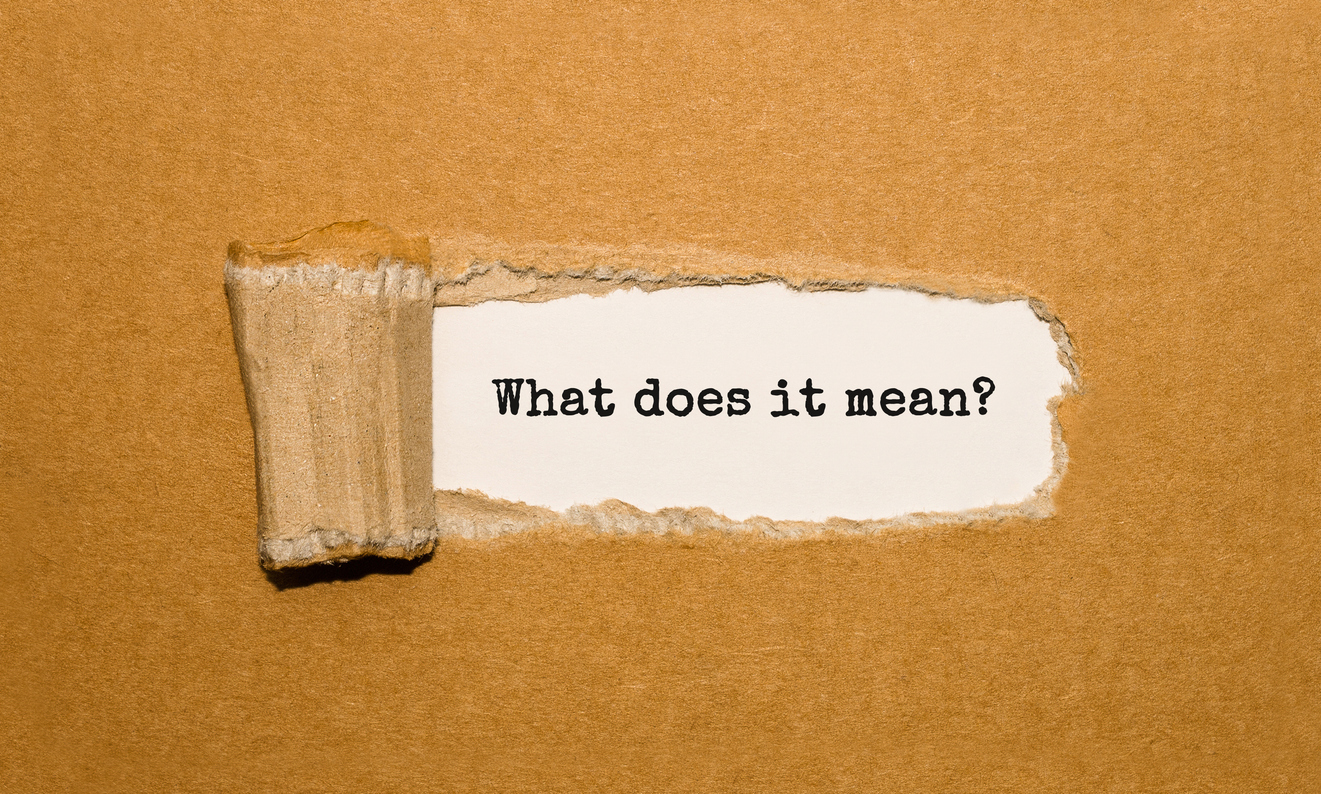In first-party property insurance disputes, among the documents that the insured will likely request from the insurance company is the “underwriting file.”
For property insurance, underwriting is the process by which an insurance company evaluates the risks of insuring property, and decides how much premium it should charge to insure the property, or whether even to accept the risk and insure the property. Risk-adverse insurance companies routinely perform underwriting inspections. An insurance carrier’s underwriting file will likely contain notes, description of the properties, underwriting reports, and estimates of damage which determine if the carrier should continue to insure a property.
Why is this information important for an insured to receive? As an example, when a carrier asserts that damage resulted from wear and tear, deterioration and/or lack of maintenance, evidence that a carrier’s underwriting department took a contrary or inconsistent position would be relevant information for a jury to consider. The underwriting file may contain reports favorable to the insured that do not show pre-existing damage. This type of evidence is pertinent for a jury to consider in judging a carrier’s credibility when it takes a position that damage was not caused by a particular peril.
Courts frequently overrule insurance companies’ objections to producing evidence relating to their underwriting. In Silgan Containers v. National Union Fire Insurance Company of Pittsburgh,1 the court permitted discovery into an insurance company’s underwriting, finding that “[a]lthough the interpretation of an insurance policy is a legal question, an insured is entitled to explore what risks the insurer expects to cover in the policy.” The Silgan Containers court ordered the insurance company to produce its underwriting file “on the issue of the interpretation of the disputed insurance policy terms.”2 “The underwriting file is relevant to determining the risks that National Union expected to cover in the policy, how it interpreted the various policy terms, and whether the terms of the policy are ambiguous in the first instance.”3
A carrier’s underwriting file may also be relevant to prove that a carrier knowingly relied on engineering reports that the carrier knew were incorrect. Information in the underwriting file may prove a carrier’s knowledge regarding the condition of the property before a storm and whether any of the carriers’ personnel who made the claims decision before the denial was made, reviewed any underwriting documentation or information. Because underwriting files and their related documents may not have been reviewed before denial of a claim or suit, they may contain damaging documents from the insurer’s perspective.
_____________
1 Silgan Containers v. Nat’l Union Fire Ins. Co. of Pittsburgh, No. 09-05971, 2010 WL 5387748 at *4 (N.D. Cal. Dec. 21, 2010).
2 Id. at *7.
3 Id. at *8. See also, Broadway Park, L.L.C. v. Hartford Cas. Ins. Co., Case No. 05-584, 2006 WL 2321410 at *1 (W.D. Okla. Aug. 9, 2006) (denying defendant’s objection to producing underwriting information); and Brecek & Young Advisors, Inc. v. Lloyds of London Syndicate 2003, Case No. 09-2516, 2010 WL 4340457 at *3 (D. Kan. Oct. 27, 2010) (overruling the insurance company’s objection to the relevance of its underwriting files, and finding that they could be relevant in determining the intent of the parties with regards to the insurance policy).



